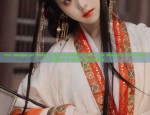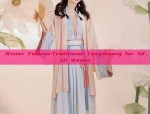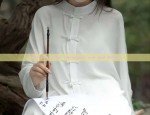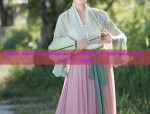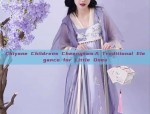Reconstructing the Ming Dynasty Hanfu:A Journey into Traditional Chinese Clothing
In the realm of historical fashion, the Ming Dynasty Hanfu stands as a remarkable milestone in Chinese cultural heritage. As a testament to the beauty and craftsmanship of traditional Chinese clothing, the restoration of Ming Hanfu has become a passion for many enthusiasts and scholars. This article delves into the process of reviving this ancient attire and its significant impact on modern society.
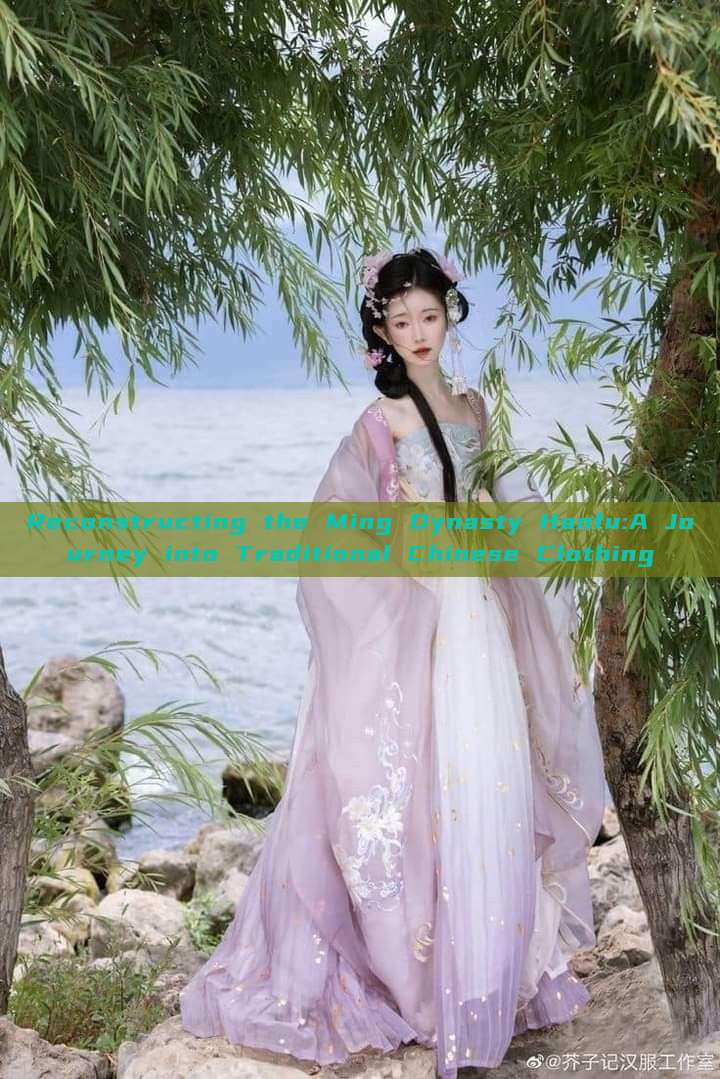
The Ming Dynasty, spanning from the 14th to the 17th century, witnessed a flourishing period in Chinese history. The Hanfu, as the traditional clothing of the Han people, underwent significant evolution during this era. It featured intricate designs, vibrant colors, and meticulous craftsmanship, making it a symbol of status and elegance.
The revival of Ming Hanfu is not merely about recreating historical costumes; it is an endeavor to revive a cultural legacy that encapsulates the essence of traditional Chinese culture. The process involves meticulous research, intricate craftsmanship, and a deep understanding of historical context.
Scholars and enthusiasts engage in extensive research to understand the historical significance and cultural value of Ming Hanfu. They study historical records, examine artifacts, and consult with experts to gain insights into the design, patterns, materials, and techniques used during the Ming Dynasty. This research provides valuable information for the restoration process.
The restoration of Ming Hanfu involves a range of skilled craftsmen. The process begins with selecting suitable materials, often traditional fabrics like silk or cotton. The design is then meticulously crafted based on historical patterns and research findings. The intricate details like patterns, embroidery, and accessories are carefully crafted to ensure authenticity.
The revival of Ming Hanfu has had a significant impact on modern society. It has not only brought back the beauty of traditional Chinese clothing but also sparked interest in Chinese culture and history. Many people are now interested in learning about their cultural roots and embracing their identity through traditional attire.
Moreover, the revival of Ming Hanfu has also opened up new avenues for fashion designers. They have taken inspiration from traditional designs and combined them with modern elements to create contemporary versions of Hanfu. These modern versions are not only beautiful but also comfortable and practical for everyday wear.
The revival of Ming Hanfu has also sparked debates about cultural heritage and identity. Some people argue that reviving traditional attire helps preserve cultural heritage and promote cultural diversity. Others believe that modern society should embrace modern fashion and reject traditional practices that are outdated or irrelevant. However, it is important to strike a balance between respecting traditional culture and adapting it to modern times.
In conclusion, the revival of Ming Hanfu is not just about recreating historical costumes; it is an endeavor to revive a cultural legacy that encapsulates the essence of traditional Chinese culture. It involves meticulous research, skilled craftsmanship, and a deep understanding of historical context. The impact of this revival on modern society is profound, sparking interest in Chinese culture and history, providing inspiration for fashion designers, and sparking debates about cultural heritage and identity. As we move forward in time, it is important to remember that while we should respect and revive our cultural heritage, we should also embrace modernity and adapt traditional practices to meet the needs of modern society.

 Previous Post
Previous Post


